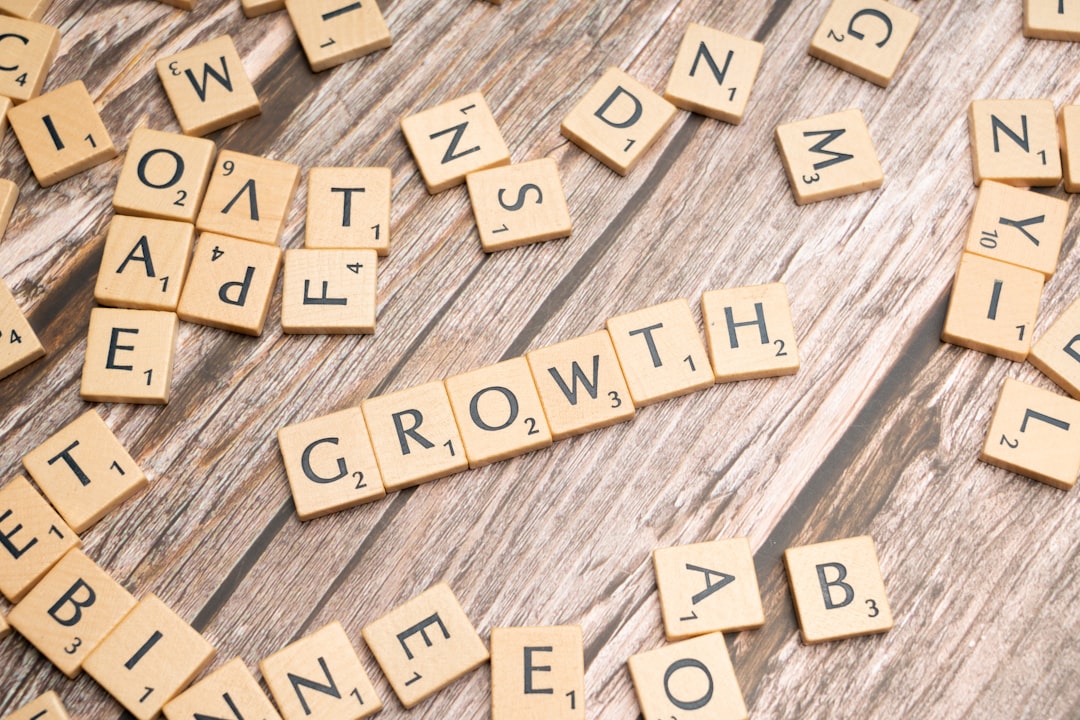In an increasingly competitive digital landscape, ecommerce businesses must use every tool at their disposal to stay profitable. With competition tightening and paid advertising costs fluctuating, implementing high-converting Pay-Per-Click (PPC) strategies is not just beneficial—it’s essential. As we look to 2025, staying ahead of emerging trends while optimizing proven techniques will be crucial in scaling ecommerce revenue online.
This article explores the most effective ecommerce PPC strategies to maximize your return on ad spend (ROAS) in 2025. Each tactic covered here is based on evolving industry insights, platform updates, and buyer behavior—ensuring your business maintains a competitive edge.
1. Leverage AI-Enhanced Campaign Automation
Google Ads and Microsoft Advertising are becoming increasingly sophisticated, now offering robust AI-driven tools for ad optimization. These platforms can now analyze enormous data sets in real time to auto-adjust bids, placements, and creatives to improve performance. For ecommerce brands, this provides an opportunity to achieve optimal efficiency without manually managing hundreds of variables.
- Smart Bidding: Use strategies like Target ROAS and Maximize Conversions to let algorithms do the heavy lifting based on your goals.
- Responsive Search Ads: Deploy dynamic ad creatives that self-optimize based on user engagement.
- Performance Max Campaigns: Integrate your entire inventory with machine learning-powered campaigns across Search, Display, YouTube, Gmail, and Discover networks.
Tip: Continuously monitor your learning phase to ensure that the AI models receive sufficient conversions to make informed decisions.
2. Integrate First-Party Data
With the demise of third-party cookies, 2025 demands a shift in how ecommerce brands collect and use data. Relying on first-party data has become non-negotiable. This isn’t just about compliance—it’s about precision in ad targeting.
- Email Subscribers: Feed segmented email lists into Google Ads and Meta Ads to re-target high-value audiences.
- Website Activity: Use pixel data to create lookalike audiences based on behaviors like cart abandonment or product viewing.
- Purchase History: Build personalized campaigns tailored to past buyer behavior for upselling and cross-selling.

First-party data not only improves targeting accuracy but also helps sustain high performance in a privacy-conscious world. Platforms like Shopify and Klaviyo can assist in streamlining this data integration for ad platforms.
3. Boost CTR with Enhanced Creative and Copywriting
As ads become more prevalent, creative quality is now as vital as bid strategy. Ecommerce PPC campaigns must stand out immediately—whether on Google Shopping, the Meta ecosystem, or Amazon. That means investing in high-quality images, persuasive ad copy, and above all, storytelling.
- Use High-Quality Product Images: Especially for Shopping Ads; clear, vibrant visuals over white or lifestyle backgrounds convert best.
- Write Emotionally Resonant Copy: Leverage pain points and desires related to your target demographic.
- Consistency Across Channels: Ensure all touchpoints from search ads to landing pages provide a seamless, unified experience.
In 2025, expect visual content like short-form TikTok-style video ads to continue dominating platforms like Meta and YouTube Shorts. Test multiple variations and formats with dynamic insertion to optimize engagement.
4. Dominate Search With a Tiered Bidding Strategy
Search ads remain one of the highest-converting formats in ecommerce. However, most advertisers waste budget on low-intent search queries. A tiered bidding strategy segments your keyword targeting into intent-driven buckets:
- High-Intent: Brand + Product keywords (“Buy Nike Air Max 2024”)
- Mid-Intent: Generic product searches (“Best running shoes”)
- Low-Intent: Informational queries (“How to choose running shoes”)
Allocate most of your budget to high-intent queries since they’re closest to the point of purchase. Use negative keywords and match types (exact, phrase) strategically to filter out traffic in lower tiers unless you’re running awareness campaigns.
5. Maximize ROAS with Dynamic Retargeting
Visitors who browse but don’t buy represent low-hanging fruit for ecommerce businesses—especially in industries with longer decision cycles like fashion, home goods, and tech. Dynamic retargeting allows you to re-show them the exact products they viewed on your store, dramatically increasing conversion likelihood.

Platforms to consider:
- Google Display Network and YouTube for visual retargeting
- Facebook and Instagram retargeting for social selling
- Amazon DSP for sellers utilizing Amazon marketplace
To increase retention, layer in time-based rules: serve display ads for seven days post-visit and shift to email reminders afterward. Use countdown timers or personalized discounts to create urgency.
6. Embrace Omnichannel PPC Integration
Consumers no longer use a single channel to discover and buy products. They might discover your brand on TikTok, research it on Google, and purchase on Amazon. 2025 success lies in coordinating your PPC efforts across all relevant platforms.
Channels to integrate:
- Google Ads: For Search, Shopping, and YouTube Video Ads
- Meta Ads (Facebook & Instagram): For visual discovery
- Amazon Sponsored Ads: For purchase-ready shoppers
- TikTok Ads: For top-funnel UGC engagement
Use attribution tools like Google Analytics 4 and Triple Whale to gain clarity on how each touchpoint contributes to conversions. This will not only help you optimize spend but also improve storytelling across the customer journey.
7. A/B Test Everything—Aggressively
In 2025, complacency is a conversion killer. If you’re not testing, you’re falling behind. Top-performing ecommerce brands constantly split test ads, product pages, call-to-actions, and more to fine-tune performance.
Areas to A/B test:
- Ad headlines and descriptions
- Offers (Free shipping vs. 10% off)
- Product page layouts
- CTA button colors and placements
- Landing page vs. direct-to-product URLs
Even small lifts in click-through or conversion rate can compound dramatically when scaled across high-volume traffic sources.
8. Use Micro Funnels for High-Value Products
For ecommerce companies selling higher-priced products (>$200), direct conversion on the first click might not happen. Instead, consider building micro-funnels within your ad ecosystem:
- Top-Funnel Video or Image Ad → Value-Based Lead Magnet (email or SMS capture)
- Mid-Funnel Retargeting Ad → Product Demo or Educative Content
- Bottom-Funnel Ad → Discount Offer or Limited-Time Promotion
This approach nurtures colder audiences before asking for the sale, improving overall conversion rates. Incorporate remarketing flows via both paid ads and email sequences to complete the funnel journey.
Final Thoughts: Invest in Precision and Patience
Effective ecommerce PPC in 2025 won’t be about throwing money at ads—it will be about precision targeting, tailored messaging, and strategic scaling. With automation, AI, and a wealth of consumer data at your fingertips, ecommerce leaders must become tacticians who blend technology with creativity.
By integrating these high-converting PPC strategies from the start, your ecommerce business will be ready not only to compete—but to lead. As trends shift and platforms evolve, remaining agile, data-driven, and customer-focused will ensure consistent returns from your ad investments well into the future.

Stay ahead, stay optimized—and most importantly, stay profitable.